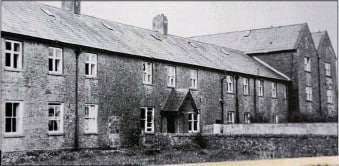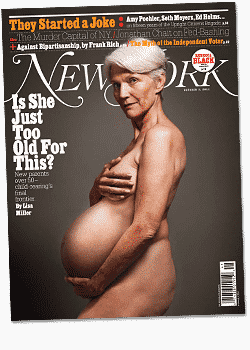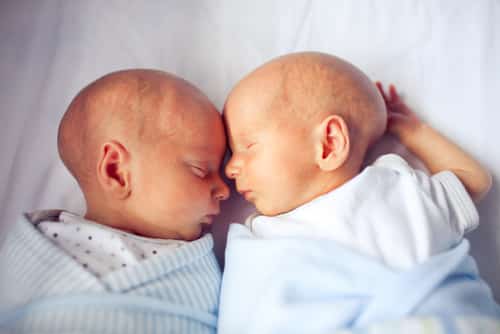There Aren’t 800 Dead Babies In A Septic Tank In Ireland But This Is Still A Horror Story
 Over the last week, there have been all sorts of alarmist headlines about the skeletons of dead babies discovered in a septic tank on the grounds of the Tuam mother-and-baby home run by the Sisters of Bon Secours in Ireland. From the Irish Times:
Over the last week, there have been all sorts of alarmist headlines about the skeletons of dead babies discovered in a septic tank on the grounds of the Tuam mother-and-baby home run by the Sisters of Bon Secours in Ireland. From the Irish Times:
”˜I never used that word ”˜dumped’,” Catherine Corless, a local historian, tells The Irish Times. ”I never said to anyone that 800 bodies were dumped in a septic tank. That did not come from me at any point. They are not my words.”
The story that emerged from her work was reported this week in dramatic headlines around the world.
”Tell us the truth about the children dumped in Galway’s mass graves” The Guardian.
”Bodies of 800 babies, long-dead, found in septic tank at former Irish home for unwed mothers” The Washington Post.
”Nearly 800 dead babies found in septic tank in Ireland” Al Jazeera.
”800 skeletons of babies found inside tank at former Irish home for unwed mothers” New York Daily News.
”Almost 800 ”˜forgotten’ Irish children dumped in septic tank mass grave at Catholic home” ABC News, Australia.
Corless, who sounds pretty amazing to me, is a farmer, housewife and local historian and has been investigating the deaths of 796 children, most of them infants, who died between 1925 and 1961, associated with the former St Mary’s mother-and-baby home in the town, and now a government inquiry will help answer the questions how many children actually died and where they are buried. During the time of these church-run homes for unwed mothers, a woman finding herself pregnant in Ireland was usually removed from society and cast off to one of these homes where she was shunned from her family and society and exposed to all sorts of horrible treatment. If their babies died, as so many did, they were not allowed a Christian burial. Many of the mothers were sent to the Magdalene Laundries where they were punished by hard physical work as well as long, enforced periods of silence and prayer. On a lot of occasions the babies died from neglect or ill-treatment and malnutrition. Children born out of wedlock in Ireland in the 1920s had an infant mortality rate five times higher than normal. A combination of violent prejudice against unwed mothers and their children, inadequate supervision and pressure not to spend money are likely to have played a key role in high infant mortality rates. There have been numerous small graves found around the home with one report claiming that at least twenty skeletons were discovered.
Even though the septic tank story has been disputed, it’s hard for me to see where this makes this story any less horrible or less alarming. Unwed mothers in Ireland were treated like animals and their children were neglected, subjected to abuse and neglect, and many of them died. To be an unwed mother in Ireland during a certain point in history means that you were sent away, treated like an outcast and shunned by society. The Washington Post has this anecdote about the church run homes which I found amazingly terrible:
Occasionally, scandals emerged, as in the notorious Cavan Orphanage Fire in 1943, where over 30 young girls died in a fire without any effective effort to save them, reportedly because the nuns who ran the orphanage didn’t want male volunteers to see the girls in their nightclothes.
It’s a horrifically dark period in Ireland’s history and I admire Catherine Corless so much for what she says her ultimate goal is, to give hundreds of babies the recognition and dignity in death that they were never allowed to have in life.
(Image: Pinterest)






